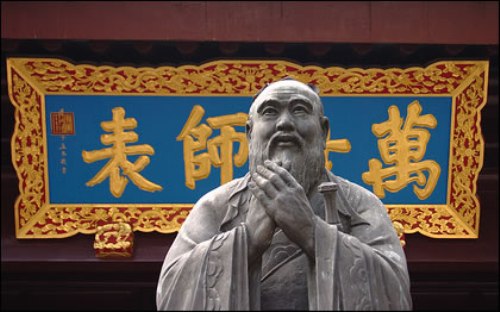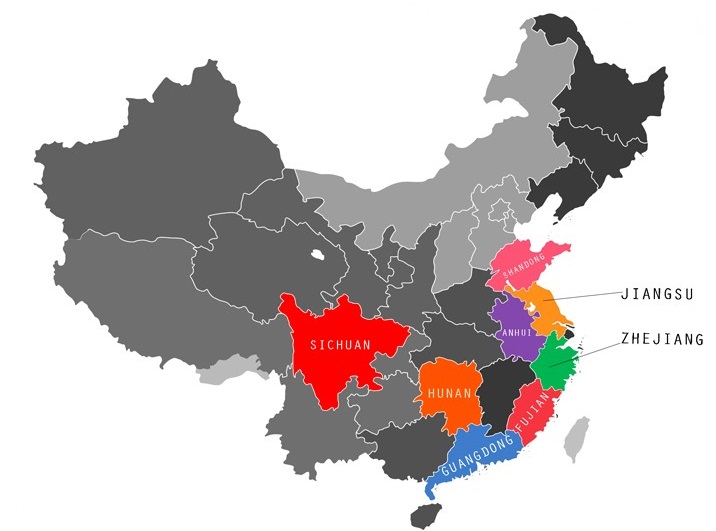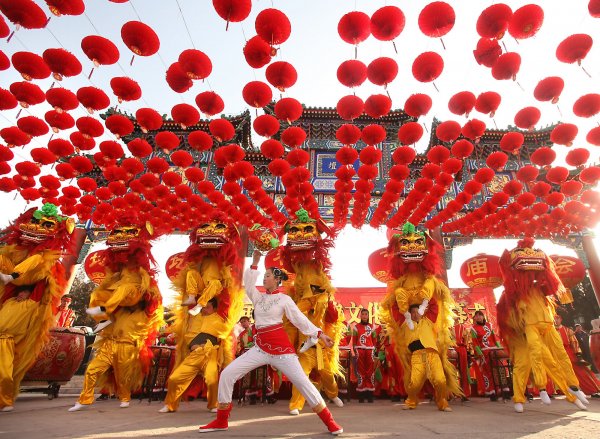COMMUNITIES- CHINA
CHINESE CULTURE
Originating thousands of years ago, Chinese Culture is one of the world’s oldest and most widepread cultures. It exerts an enormous influence on the philosophy, virtue, etiquette, and traditions of greater Asia.

Although religion plays a smaller influence in modern China, it is still generally practiced and well respected in society.
Taoism, Confucianism, Buddhism, and other traditional religions are the main religions and were necessary to provided meaning and a source of inner peace and guidance.
Confucius is pictured on the left.

There are numerous dialects of the Chinese language. The most commonly spoken dialects include the following:
- Mandarin (71.5 percent)
- Wu (8.5 percent)
- Yue (also called Cantonese; 5 percent)
- Xiang (4.8 percent)
- Min (4.1 percent)
- Hakka (3.7 percent)
- Gan (2.4 percent)
Each Chinese dialect is very different. Chinese is rather more like a language family than a single language.

Chinese cuisine is heavily influenced by the local geography and ethnic diversity. The eight widely recognized Chinese cuisines are Guangdong, Sichuan, Shandong, Jiangsu, Zhejiang, Fujian, Hunan and Anhui.
Rice is the major element that ties Chinese cuisine together. The Chinese word for rice is pronounced “fan“, which also means meal.

The Spring Festival marks the beginning of the Lunar New Year. It falls between mid-January and mid-February and is a time to honor ancestors. During the 15-day celebration, crackling fireworks, lucky red envelopes, lion dancers, and dragon parades are everywhere.
The Mid-Autumn Festival, also known as the Moon Festival, is celebrated in September or October with moon cakes, paper lanterns, and moon gazing.
The Winter Festival, also known as the Winter Solstice Festival, is celebrated in December and is a time for friends and extended families to socialize and enjoy delicious foods together. Dumplings are a popular and essential food for warding off frostbite in Northern China. In Southern China, it’s customary for families to make and eat glutinous rice balls called Tangyuan.
